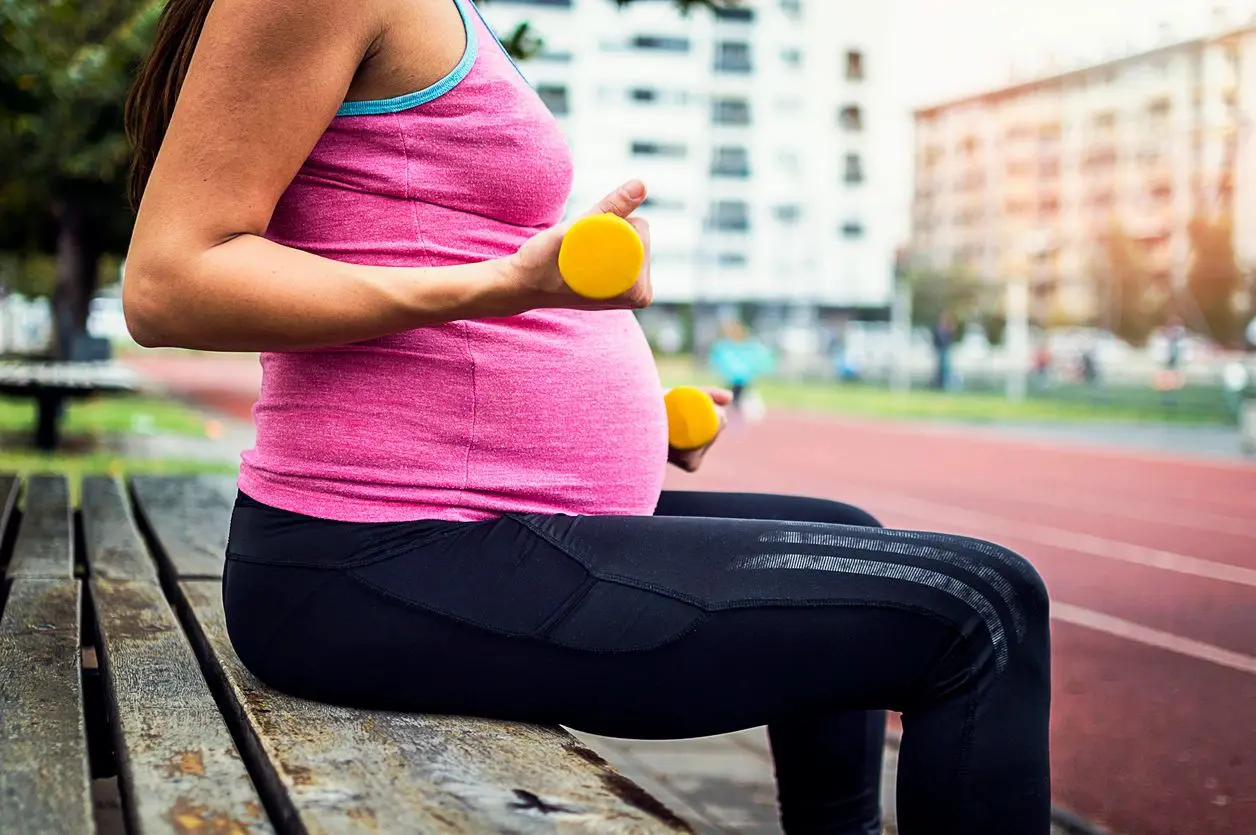
How Physical Therapy Can Help Postpartum
It’s important that we have the proper care and tools to recover, heal, and reintroduce activities into our lives postpartum, especially considering how much our bodies transform during pregnancy and throughout the postpartum period. Sometimes coined, “the fourth trimester,” the weeks following the birth of your baby can bring so much physical and emotional change as you adjust to your new life as a parent. Physical therapy, and specifically pelvic floor physical therapy, can address a variety of these changes, direct your recovery after birth, and help you safely return to the activities that are most meaningful to you.
Diastasis Recti: Abdominal separation of the rectus abdominis muscles, AKA the “6-pack abs”, can occur after pregnancy due to increased stretch and pressure as baby continues to grow. Diastasis recti may present as bulging below or above the belly button, softness around the belly button, coning or doming of your abdomen when contracting your abs, or difficulty engaging your core during activities postpartum. While the separation itself is not generally painful, weakness of the abdominals and excessive separation can lead to deficits or pain elsewhere. Abdominal separation greater than 2 cm or 2 finger widths is considered diastasis recti. While your abs may heal and close on their own in the weeks and months following labor, sometimes separation can persist. A physical therapist can help you determine if you have ab separation, and help close this gap with prescribing the proper progression of core strengthening activities.
Perineal Tears: Some level of perineal tearing is very common after vaginal delivery, especially for your first delivery. There are 4 grades of tears ranging from more superficial tears, to more severe tears with pelvic floor muscle involvement. In the weeks following labor and as the tear heals, a pelvic floor physical therapist can help with perineal scar management techniques. Mobilizing the scar tissue after a tear can help prevent or reduce the presence of long term pain and sensation changes in the perineum. A pelvic health PT can also help you regain some muscle function and coordination to maintain optimal pelvic floor function. Beyond treatment of a perineal tear itself, pelvic health physical therapy can also help to prevent the likelihood of tears. This may involve pelvic mobility exercises, breathing/pushing training, and perineal massages in the later stages of your pregnancy.
Cesarean Section: Even when a cesarean section is performed to delivery your baby, your pelvic floor is still greatly affected by the changes experienced throughout pregnancy and the healing incision postpartum. The pelvic floor muscles do not work in isolation, and they are very closely tied to abdominal function and breathing mechanics – both of which can be affected following a c-section. Your PT will ensure these muscles can properly coordinate during different activities, and help you gradually implement exercises. Similar to perineal tears, a pelvic floor physical therapist can also help with c-section scar management postpartum.
Pelvic Floor Changes: As your pregnancy progresses and baby continues to grow, the pelvic floor muscles also experience increased stretch and pressure. The pelvic floor has to adjust to the changing stresses throughout pregnancy, but also the immediate changes postpartum. Symptoms such as pelvic pressure, heaviness, urinary leakage, or pelvic pain at any point postpartum are indications of pelvic floor dysfunction. Assessment by a pelvic floor physical therapist can help determine if your pelvic floor muscles require strengthening, have excessive tone or tension, and how the muscles are coordinating through different activities. Your therapist will then prescribe a individualized plan of care for your postpartum needs to reduce pelvic floor symptoms, and help you return to desired activities.
Return to Activity: All of these changes through pregnancy and postpartum can affect your ability to return to the activities you love and the exercises you enjoy. Healing time is extremely important postpartum, regardless of delivery method. It is important to continuously consult with your healthcare team in the weeks and months following delivery, in order to ensure proper healing of affected tissues is taking place in a timely manner. In physical therapy, your PT will ensure your individual activity goals are outlined at the initial evaluation, and then identify areas for improvement and strengthening. From there, each session will focus on promoting any residual healing, and guiding you through a safe progression of exercises to continuously work towards achieving those goals. PT can also help with promoting safe body mechanics and improving strength for activities such as breastfeeding, holding baby, carrying the baby carrier, and other new parent related activities.
While there are many changes that people think “just happen” or are something they have to live with postpartum, pelvic floor physical therapy can help you feel more in control of your body in a safe and guided manner. The body is incredible in the way it changes and adapts during pregnancy and postpartum, and you deserve to work with a provider who encourages you to reach your personal goals after having your baby. For questions on how physical therapy can help you individually postpartum, or to schedule an appointment with a pelvic floor physical therapist, contact us at (312) 643-1555 or email info@dynamic-PT.com.
